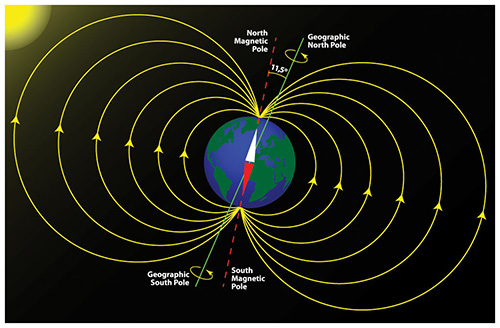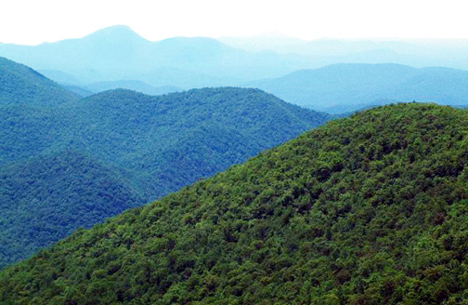Evidence to Prove That Pangaea had Existed / Evidence of Continental Drift
Alfred Wegener brought together several lines of evidence to support his theory of continental drift. One is quite simple i.e. the continents look like they could fit together much like a puzzle pieces that have been drifted apart. Then he noticed that when you put the continental puzzle pieces back together, other things started to fit. For example, the rock layers that form the Appalachian mountains of the eastern U.S. matched quite well with those in Scotland.
Also, fossils found on east coast of Brazil match quite nicely with fossils found in western South Africa. Wegener noticed that a lot of the fossilized life found in the rock record didn’t fit in the climates they were found in. For example, rocks in Alaska contain fossil palm tree leaves though there have not been palm trees at that latitude for a very long time.
In addition, when you look critically at the map of the world, some of the continents can be fit together like a puzzle. For instance, South America and Africa can be fitted together. This shows that the continents were once joined together.

Another evidence is the glacial till deposits in the southern hemisphere. With the continents in their present positions, the till deposits indicate erratic glacier motion. When continents are fitted together, they show a much more streamlined motion of the glacier from southern Africa and Northern Australia outward.
Wegener collected ancient climate information to confirm his glacial data. For the glaciers to have been present with the continents in their current positions, much of the world should have been under ice but that isn’t the case. Sedimentary rocks examination showed a change in climates, and the only possible explanations are continental drift or movement of the poles.
Another evidence that supports the theory of continental drift is Paeomagnetism. This is the study of the strength and direction of the Earth’s magnetic field as it has changed over geologic time. Geologists can determine the movement of continental plates by examining the orientation of magnetic minerals in rocks; when rocks are formed, they take on the magnetic properties of the Earth and indicate in which direction the poles lie relative to the rock.
Since the magnetic poles drift about the rotational pole with a period of only a few thousand years, measurements from numerous lava spanning several thousand years are averaged to give an apparent mean polar position. Samples of sedimentary rock and intrusive igneous rock have magnetic orientations that are typically an average of the "secular variation" in the orientation of magnetic north because their remnant magnetization are not acquired instantaneously.
Magnetic differences between sample groups whose age varies by millions of years is due to a combination of true polar wander and the drifting of continents. The true polar wander component is identical for all samples, and can be removed, leaving geologists with the portion of this motion that shows continental drift and can be used to help reconstruct earlier continental positions.

According to Brendan Murphy, a geology professor at the St. Francis Xavier University in Antigonish, Nova Scotia, one of the evidences that shows that the Earth's continents were all one land mass comes from the geologic record. Coal deposits found in Pennsylvania have a similar composition to those span ning across Poland, Great Britain and Germany from the same time period. That indicates that North America and Europe must have once been a single landmass. And the orientation of magnetic minerals in geologic sediments reveals how Earth's magnetic poles migrated over geologic time.
The continuity of mountain chains provides further evidence for Pangaea. One example of this is the Appalachian Mountain chain which extends from the southeastern United States to the Caledonides of Ireland, Britain, Greenland, and Scandinavia.

Although many of Alfred Wegener’s theories and conclusions were valid, scientists are constantly coming up with new innovative ideas or reasoning behind why certain things happen.